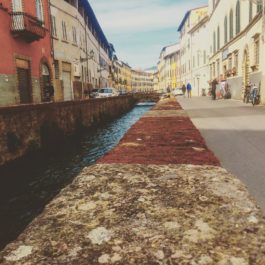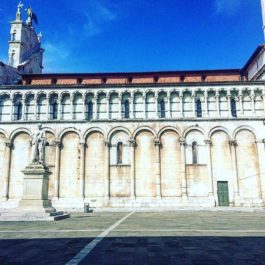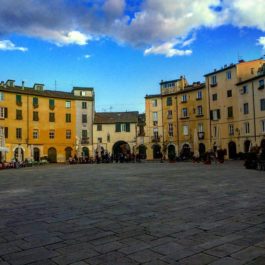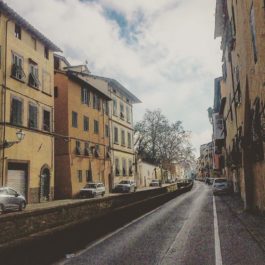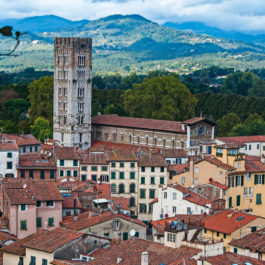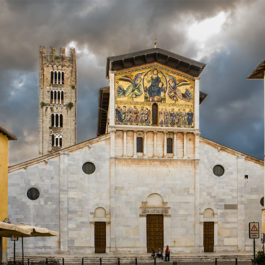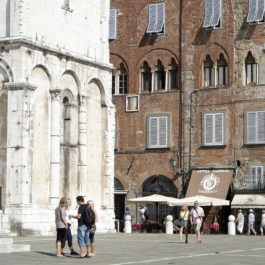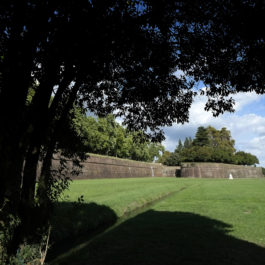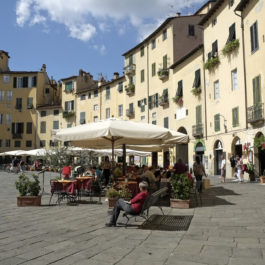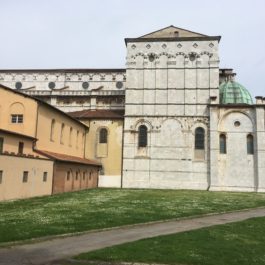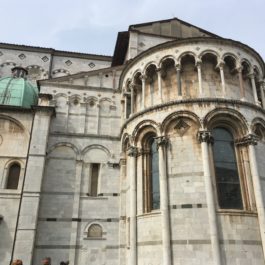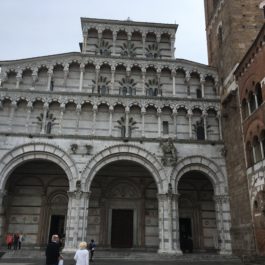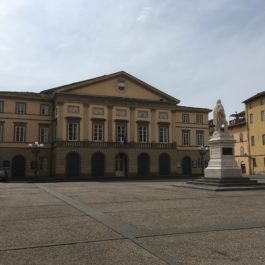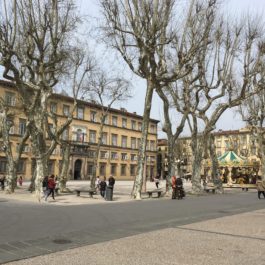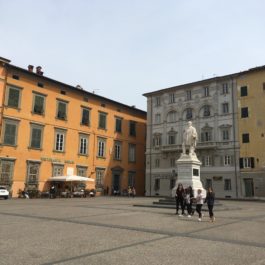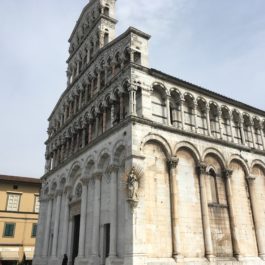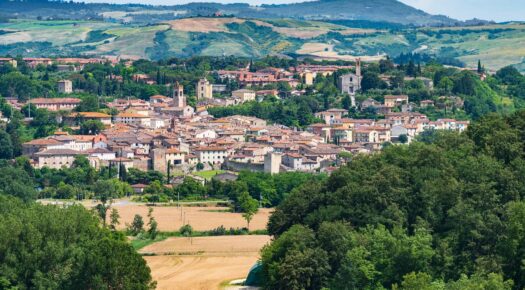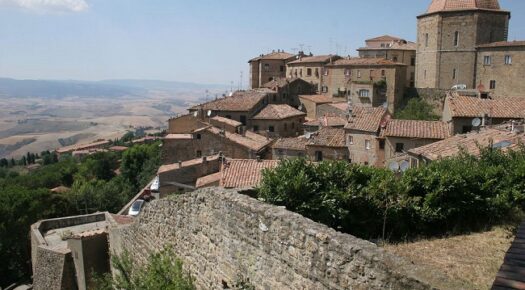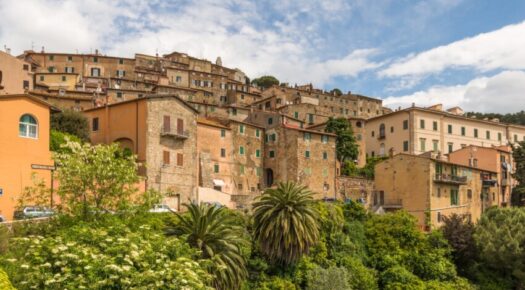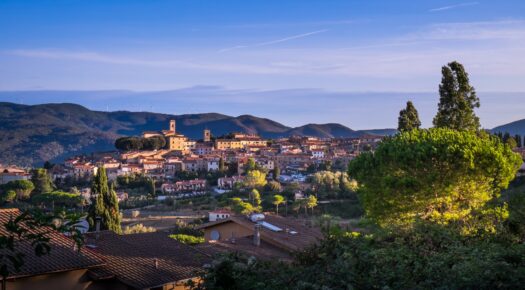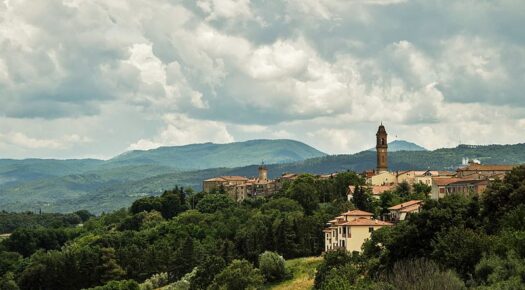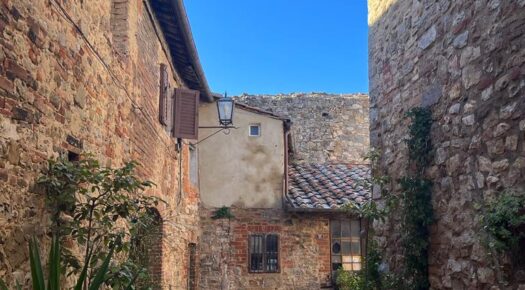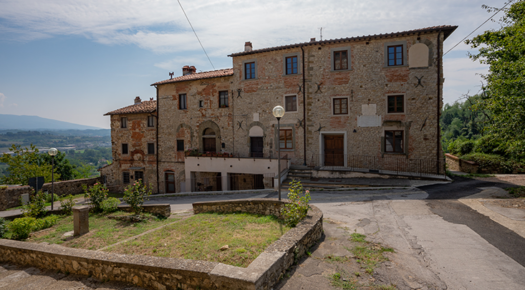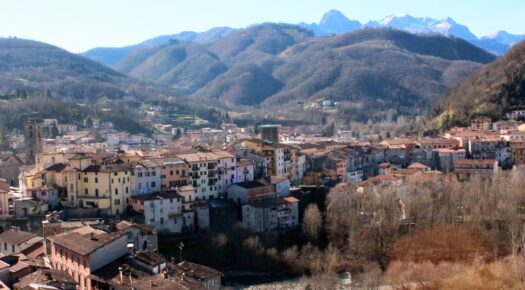TIPOLOGY
Cities, Villages and Islands
SUBTYPE
City
LOCALITY
Lucca (LU)
DESCRIPTION
Famous fotr its city walls which date from the 15th to 17th centuries and extend, intact, over 40km, Lucca preserves traces of all the historical phases of its existence in its medieval urban plan. Examples of the Roman era can be found in Piazza dell’Anfiteatro, built on the ruins of the ancient Amphitheatre, in the Forum of Piazza San Michele and in the cardo and decumano (the axial streets of all Roman towns). It is also known as the “city of 100 churches” for its collection of medieval places of worship such as the Duomo of St. Martin, whose Pisan-Romanesque facade features mysterious, obscure symbols, including a labyrith, the Basitica of San Frediano and the Church of St. Michael. The most representative monuments of the city include: its tallest tower, the Clock Tower; the Guinigi Tower, whose roof houses a garden of ilex trees; and the Ducal Palace, one of the last traces of the Pincipate of Lucca.
More information
